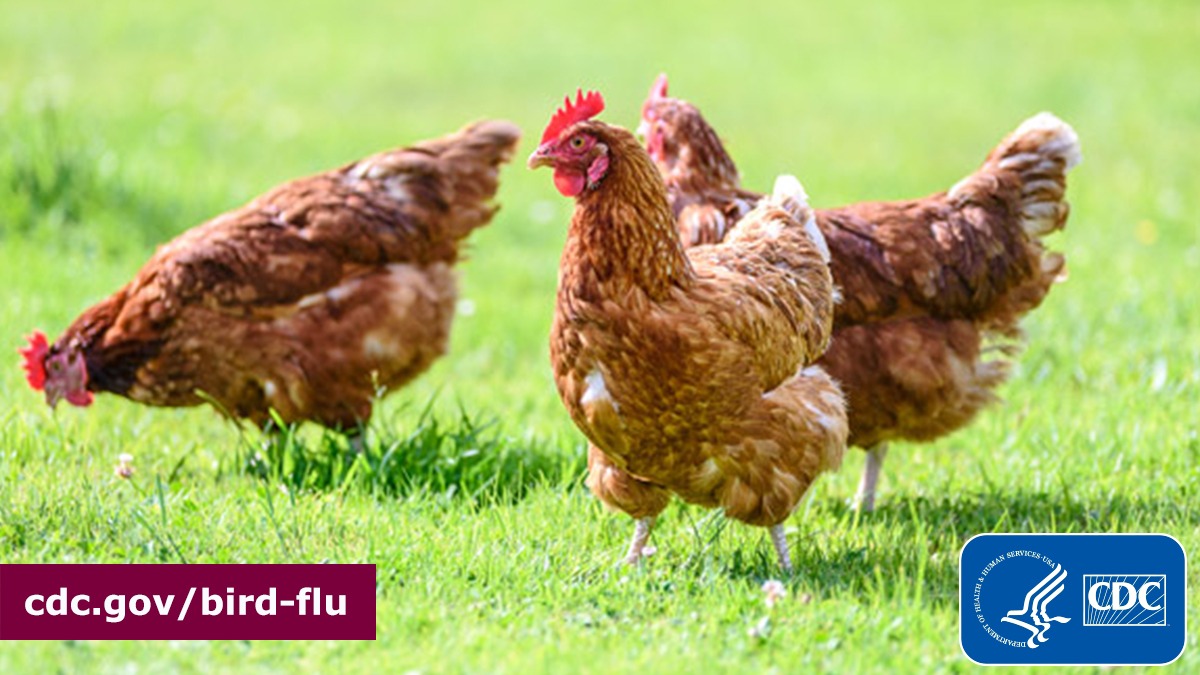Chile reports first case of avian influenza in humans
By SDCN Editor
The Ministry of Health in the South American nation of Chile has reported the country’s first case of human infection with the avian influenza A(H5N1) virus.
This is the second human “H5N1 bird flu” virus infection reported in South America, the first was reported by Ecuador in December and was associated with exposure to backyard poultry. In February of this year, neighboring Peru reported the virus infections in sea lions and pelicans after die-offs in those animals. Globally, this is the 11th human case of the virus reported since January 2022.
The prior 10 H5N1 cases all had exposure to poultry. The source of the virus infection for the patient in Chile is part of an ongoing investigation. A respiratory specimen from the Chile case patient is being sent to CDC for confirmation and additional testing. In the U.S., one H5N1 case was reported in a person who reported fatigue without any other symptoms after poultry culling activities.
As of March 10, the H5N1 viruses (clade 2.3.4.4b) have been detected in wild birds or poultry in 16 countries in Latin America and the Caribbean as well as the United States and Canada, and in most of the rest of the world.
According to the CDC, the detection of human infection with the bird flu in another country in South America is not surprising. As noted in a recent CDC H5N1 technical report: “because of …the wide global prevalence of HPAI A(H5N1) viruses in wild birds and poultry outbreaks, continued sporadic human infections are anticipated.”
Further, the report notes that “To date, HPAI A(H5N1) viruses currently circulating in birds and poultry, with spillover to mammals, and those that have caused human infections do not have the ability to easily bind to receptors that predominate in the human upper respiratory tract. Therefore, the current risk to the public from HPAI A(H5N1) viruses remains low. However, continued comprehensive surveillance of these viruses in wild birds, poultry, mammals, and people worldwide, and frequent reassessments are critical to determining the public health risk, along with ongoing preparedness efforts.”
CDC is actively working on the H5N1 situation both internationally and domestically, including conducting surveillance in the U.S. among people with relevant exposures and preparing for the possibility that the viruses gain the ability to more easily spread to and between people.







